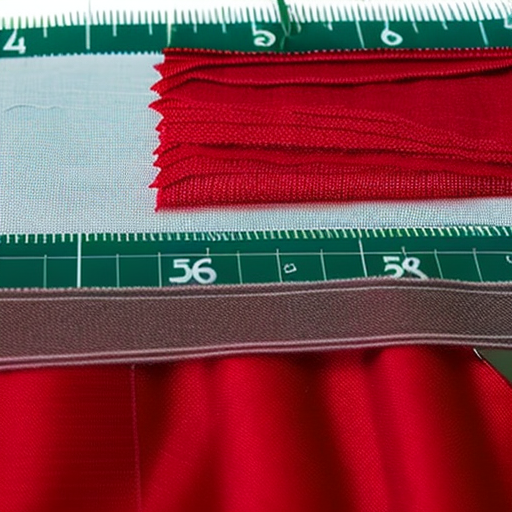Learning to sew can seem like a daunting task, especially for beginners. However, with the right guidance and some easy sewing techniques, you’ll be able to create beautiful projects in no time. Whether you want to repair a ripped garment or make your own clothing from scratch, these basics will help you get started.
Gathering Supplies
The first step in learning to sew is to gather all the necessary supplies. Ensure you have a sewing machine, needles, scissors, pins, thread, and fabric. Having a sewing kit or a sewing box to organize your supplies will make your sewing journey much more convenient.
Understanding Patterns
Patterns act as a blueprint for your sewing project. They provide instructions on cutting and sewing various fabric pieces together. Start with simple patterns, such as pillow covers or aprons, to familiarize yourself with the process. Be sure to read and follow the instructions carefully, as they guide you through each step of the project.
Threading the Machine
Threading a sewing machine can be intimidating, but with practice, it becomes second nature. Begin by raising the presser foot and placing the thread spool on the designated spindle. Guide the thread through the machine’s thread guides, tension discs, and finally, thread the needle. Once threaded, lower the presser foot and your machine is ready for stitching.
Mastering Straight Stitching
The straight stitch is the most basic and essential sewing technique. To start, place two fabric pieces together with the right sides facing each other. Align the fabric edges, leaving a small seam allowance. Lower the presser foot and gently press the foot pedal to begin stitching. Guide the fabric straight, keeping it aligned with the machine’s seam guide. Practice this technique until you achieve even and straight stitches.
Creating Neat Hems
Hemming is essential to give your garments a finished look. To create neat hems, fold the fabric edge twice towards the wrong side, hiding the raw edge. Pin the hem in place and machine stitch along the fold. Practice hemming on scrap fabric to perfect your stitching precision.
Fixing Simple Repairs
One of the advantages of sewing is the ability to mend your own clothes. From fixing a loose button to repairing small tears, these skills will save you money and increase the lifespan of your wardrobe. Invest time in learning basic repair techniques such as button replacement, patching, and darning.
Experimenting and Exploring
Once you become comfortable with the basics, don’t be afraid to experiment and explore new sewing techniques. Try out different stitches, decorative techniques, and fabric combinations. Join sewing communities or attend workshops to learn from others and discover advanced sewing methods.
Conclusion
Becoming proficient in sewing takes time and practice. Start with easy sewing techniques and gradually increase the complexity of your projects. Remember, patience and perseverance are key. With dedication, you’ll be able to create stylish garments and personalized items that showcase your unique creativity.




